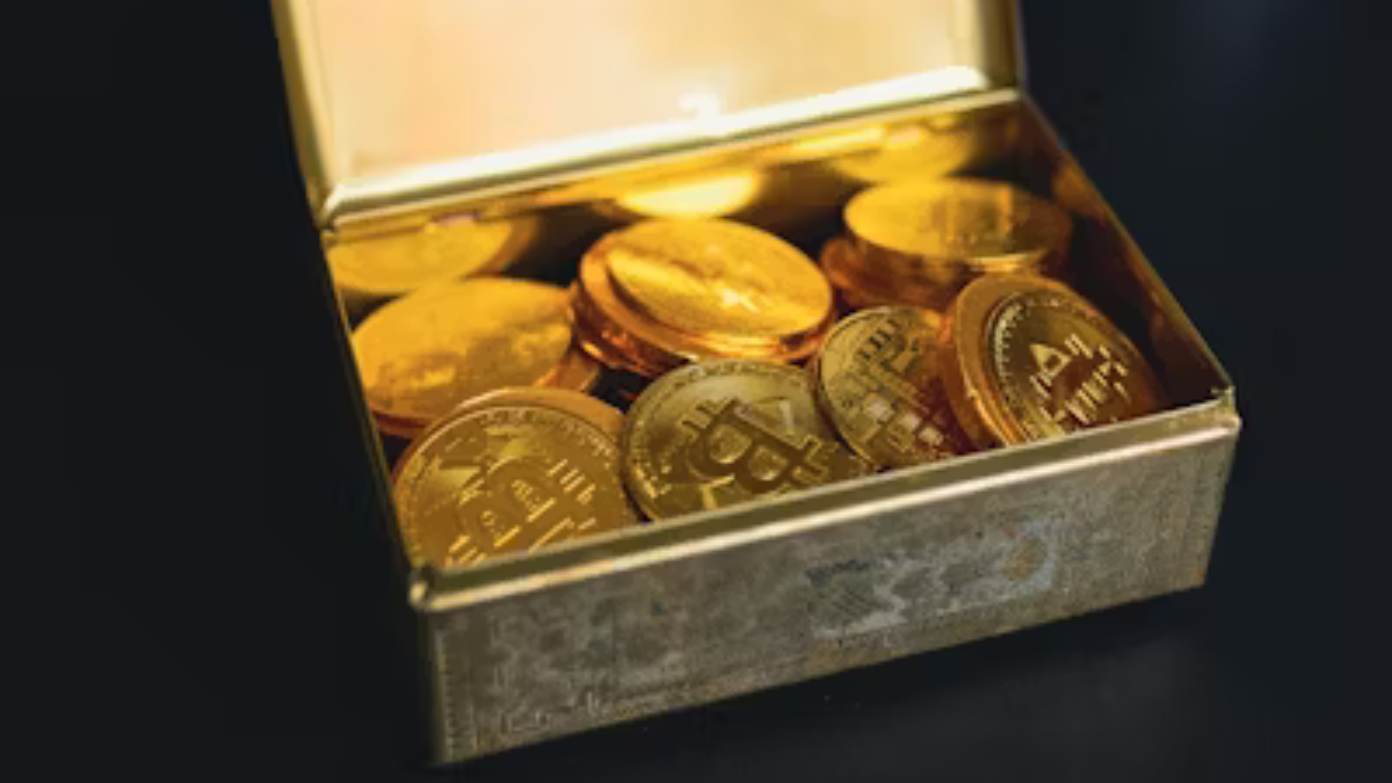A remarkable underwater discovery off Florida’s Treasure Coast has revealed more than 1,000 gold and silver coins from a 1715 Spanish shipwreck. The find sheds new light on the maritime activities and commerce patterns of the Spanish Empire and gives a rare glimpse into a calamitous hurricane that claimed one of history’s greatest maritime treasures.
Historic shipwreck and the Treasure Coast
On July 31, 1715, a fleet of Spanish galleons laden with New World riches left Havana for Spain. A hurricane swept in unexpectedly and scattered the vessels along and up and down the Atlantic coast of Florida, wrecking the fleet and killing an estimated $400 million in gold, silver, and gems. The stretch of coastline between Indian River, St. Lucie, and Martin counties that is now known as Florida’s Treasure Coast remains dotted with dozens of wrecks from the ill-fated flotilla.
The recent Queens Jewels, LLC discovery
Captain Levin Shavers and his Queens Jewels, LLC crew, who hold the exclusive ownership of the 1715 Fleet wrecks, discovered this summer 2025 salvage season a hoard of over 1,000 silver “reales,” five gold “escudos,” and additional gold artifacts in one trash field — likely the remains of one shattered treasure chest. The coins recovered are estimated to be valued at approximately $1 million on their own, although their actual significance is in how well-preserved they are and their historical importance.
Numismatic and archaeological significance
The majority of the silver coins still have clear mint dates and assay marks, giving historians and archaeologists valuable information regarding the Spanish system of silver mines that ranged from Mexico, to Peru, to Bolivia. The clear markings suggest that the coins belonged to a single consignment lost when a galleon had split in two. Gold escudos, which were heretofore stored to be used in high-denomination transactions, complement the fleet’s employment for transporting enormous riches from colonial lands to the Spanish Crown.
Sal Guttuso, Queens Jewels Director of Operations, said that each coin is a tangible connection to early 18th-century sailors, traders, and miners. “To find over 1,000 coins in a single haul is extremely rare,” he added. “These artifacts provide an immediate link to the people and events of the Spanish Empire’s Golden Age on the high seas.”
Conservation and future exhibitions
Before being shown to the public, the newly discovered coins will undergo a careful conservation process to undo centuries of saltwater exposure. The metal will be stabilized and desalinated to prevent further corrosion, preserving the details on the coins. The treated coins are subsequently reserved for exhibiting in Treasure Coast maritime museums, where they will be paired with previously discovered booty to relate the history of the 1715 Fleet.
Ongoing salvage operations and research
Queens Jewels operates an active salvage operation under state archaeological legislation, using non-invasive techniques and collaborating with historians to document each find in detail. The only contract the company has provides access to the fleet wreck sites but strict procedures have been established to guarantee found artifacts are researched and conserved, not sold privately. Effort over each season builds our understanding of Spanish colonial trade patterns, ship construction, and the human history behind the catastrophic wreck.
A window into the Spanish maritime empire
The 1715 Fleet tragedy is among the most important early modern maritime tragedies, both in human life and lost treasure. The Caribbean-to-Spain convoy was the core of Spain’s economic dominance, carrying bullion extracted from massive American silver mines. Treasure Coast discoveries illustrate the manner in which nature could reduce centuries of accumulated wealth in a single storm.
The recovery of more than 1,000 gold and silver coins off Florida’s coast provides an amazing chapter in underwater archaeology. As conservation continues and new exhibits are opened, historians and the public will learn more about 18th-century commerce, naval warfare technology, and the long-lasting presence of the Spanish Empire. This historic recovery is a reminder that beneath the surface still await stories not yet told to enhance our knowledge of the past.

